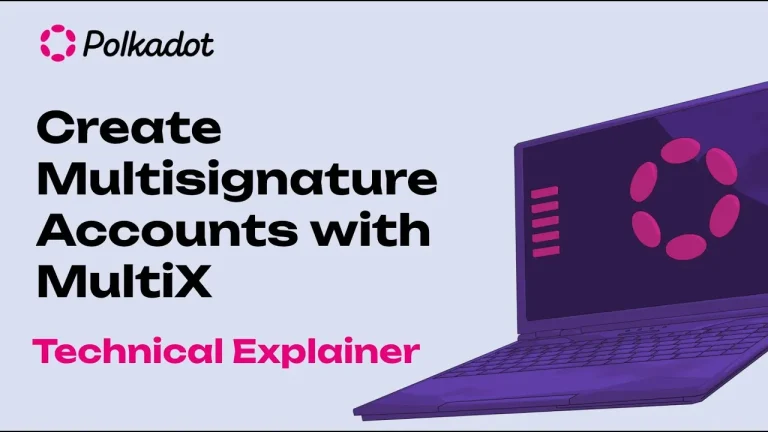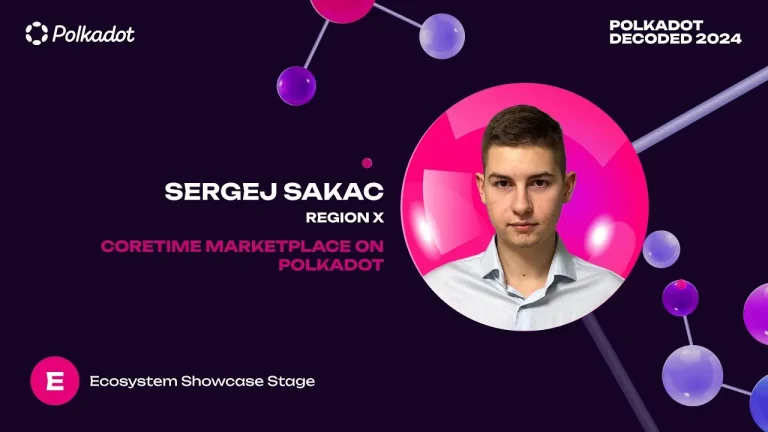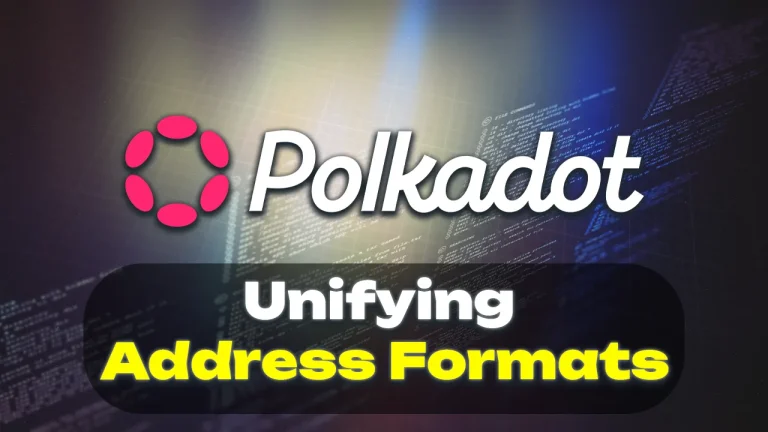The Polkadot ecosystem is evolving with new tools and technologies that enhance users experience when engaging more deeply with the network. One of the latest innovations is the ability to vote in Polkadot OpenGov using vDOT, a synthetic token generated through Bifrost’s liquid staking. This functionality not only enhances participation in governance but also allows users to earn rewards while maintaining liquidity. In this article, we’ll explore how to use vDOT for governance participation, detailing each step of the process and the benefits it offers.
Understanding vDOT and Bifrost Liquid Staking
vDOT is a synthetic asset created through the liquid staking process on Bifrost, a Polkadot parachain. Liquid staking is a novel approach that enables users to stake their DOT tokens without locking them up entirely. Instead of being inaccessible, these staked assets are converted into vDOT, which can be utilized in various decentralized finance (DeFi) applications, including governance.
Bifrost’s liquid staking mechanism allows users to retain liquidity while still earning staking rewards. The introduction of vDOT has opened up new avenues for Polkadot users to engage in network governance, all while benefiting from the financial incentives that staking provides.
Why Use vDOT for Polkadot Governance?
The introduction of vDOT has brought several advantages to the Polkadot governance process:
- Liquidity Retention: Users can participate in governance without sacrificing liquidity. vDOT allows for flexible management of assets, meaning users can vote and still access their funds.
- Reward Maximization: By staking DOT and converting it into vDOT, users continue to earn staking rewards. These rewards are automatically compounded, providing a steady income while participating in governance.
- Flexible Voting Power: vDOT enables dynamic voting power based on the amount staked and the selected lockup period. This flexibility allows for more strategic participation in governance decisions.
Voting in Polkadot OpenGov with vDOT Guide
1. Setting Up Your Wallet
Before engaging in governance with vDOT, you need to ensure that your wallet is compatible with the Polkadot ecosystem. Talisman, Polkadot.js, and SubWallet are popular choices. Here’s how to get started:
- Download and Install: Install the wallet extension that best suits your needs.
- Connect Your Wallet: Once installed, connect your wallet to the Bifrost app.
2. Staking DOT and Obtaining vDOT
To vote in Polkadot OpenGov with vDOT, you first need to stake your DOT tokens through Bifrost:
- Navigate to the Staking Section: Within the Bifrost app, locate the “vStaking” section.
- Select DOT: Choose DOT as the token you wish to stake.
- Stake Your DOT: Enter the amount of DOT you wish to stake. The minimum is typically 0.5 DOT.
- Receive vDOT: After staking, you’ll receive an equivalent amount of vDOT, which represents your staked DOT.
3. Transferring DOT to Bifrost
If your DOT is not already on the Bifrost parachain, you will need to transfer it:
- Cross-Chain Transfer: Use the Cross-Chain feature within the Bifrost app to transfer DOT from the Polkadot relay chain or other compatible parachains (e.g., Moonbeam, Interlay).
- Confirmation: Approve the transfer in your wallet. The transaction should reflect in your balance shortly.
4. Participating in Governance with vDOT
Now that you have vDOT, you can participate in Polkadot’s OpenGov referenda:
- Access Governance Section: In the Bifrost app, navigate to the “Governance” section.
- View Active Referenda: Here, you’ll see a list of active referenda where you can cast your vote.
- Choose a Proposal: Select a proposal that you wish to vote on. You can view more details on Subsquare if needed.
- Cast Your Vote: Decide whether to vote “Aye” (in favor) or “Nay” (against). Input the amount of vDOT you wish to use and select a conviction multiplier, which determines the weight of your vote.
- Confirm and Submit: Once satisfied with your choices, confirm your vote. Your vDOT will be locked for the duration of the selected lockup period after the referendum concludes.
Key Considerations When Voting with Bifrost vDOT
While voting with vDOT is straightforward, there are some key points to consider:
- Lockup Periods: The lockup period for your vDOT depends on the conviction multiplier you choose. Higher multipliers result in longer lockup periods but increase your voting power.
- Impact on Liquidity: During the lockup period, the locked vDOT cannot be unstaked or traded. Plan your voting strategy accordingly to maintain the desired level of liquidity.
- Voting Rewards: Some referenda may offer additional rewards for participation, incentivizing users to engage more actively in governance.
Additional Benefits of Using vDOT
Beyond governance participation, vDOT can be used in other DeFi activities within the Polkadot ecosystem:
- Farming: vDOT can be utilized in yield farming to earn additional rewards.
- Liquidity Provision: Provide liquidity with vDOT on various decentralized exchanges (DEXs) to earn fees and incentives.
Conclusion
The integration of vDOT into the Polkadot governance framework marks a significant step forward in decentralized governance. By allowing users to stake their DOT and receive vDOT, Bifrost has enabled a new level of flexibility, combining the benefits of staking with active participation in governance. As the Polkadot ecosystem continues to evolve, vDOT is likely to play an increasingly important role in empowering users to influence the future of the network while maximizing their financial returns.
For those involved in the Polkadot ecosystem, understanding and utilizing vDOT for governance is essential. With the steps outlined in this guide, you are now equipped to engage more deeply with the network, driving the direction of Polkadot while enjoying the benefits of liquid staking.








